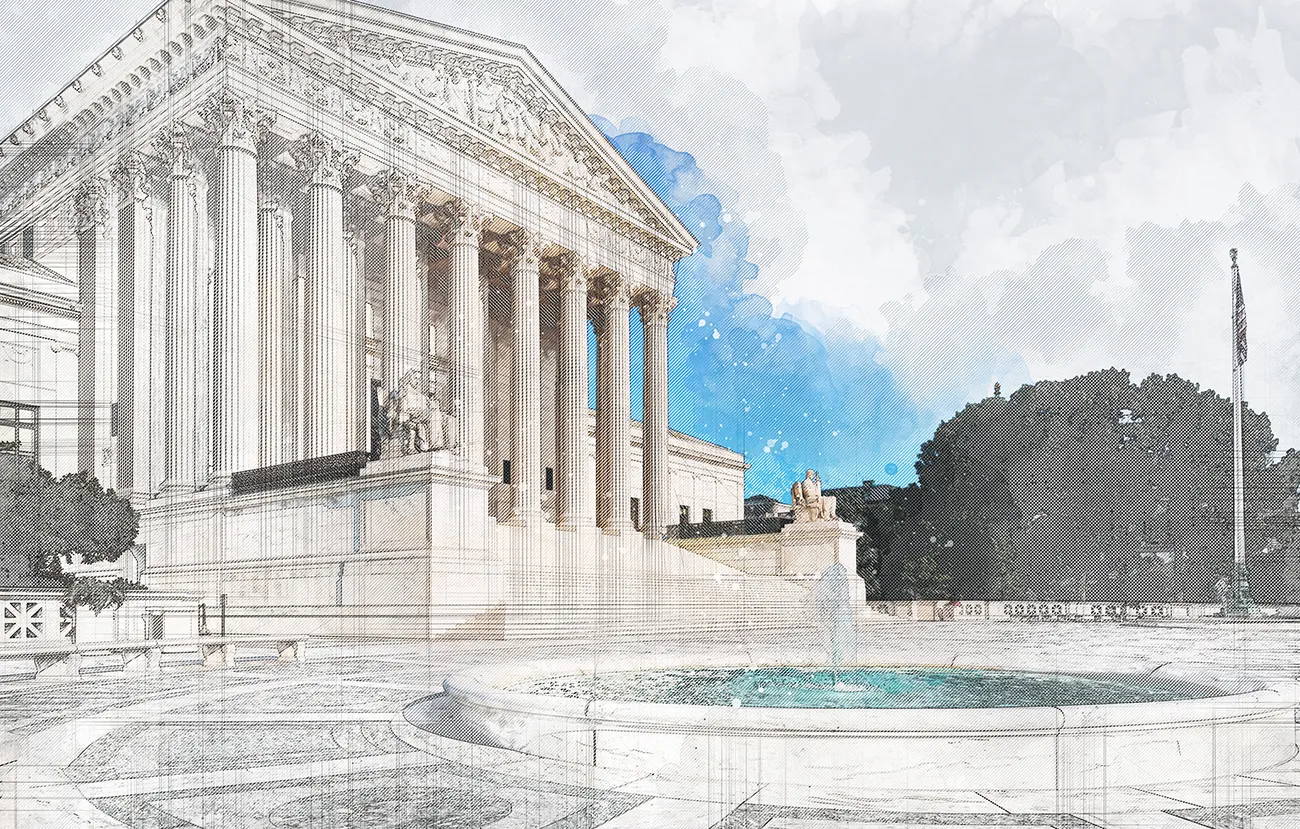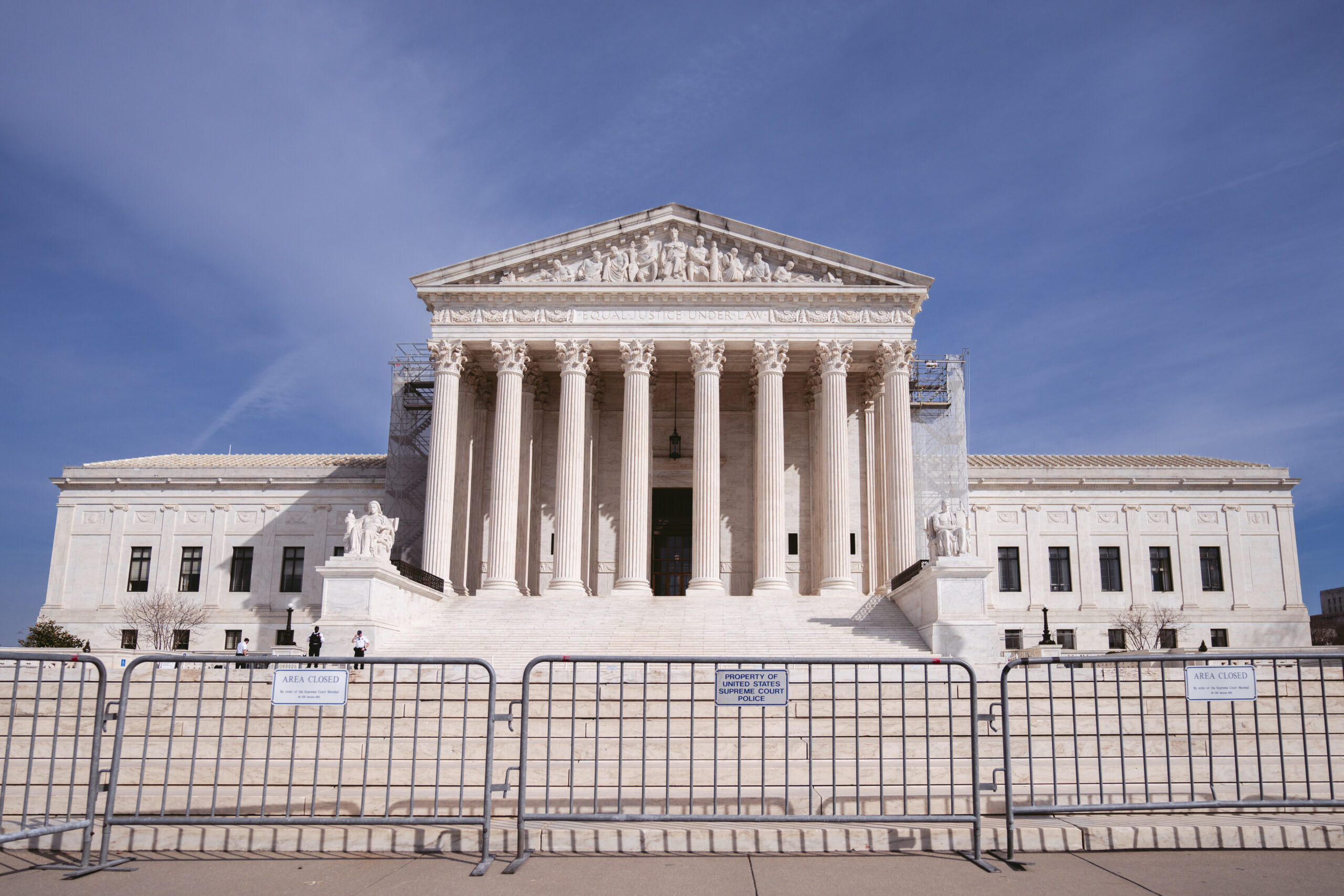8 Takeaways from the Aereo Supreme Court Oral Argument
This morning, I attended the ABC v. Aereo oral argument at the Supreme Court that Matt previewed this morning. (To be more specific, I got there last night at 7pm and camped out for more than 12 hours.) Below are 8 of my takeaways from the argument, featuring quotes from the preliminary transcript:
-
Unintended Consequences
The Court is obviously concerned about unintended consequences, including (and especially) for the cloud. Justice Breyer in particular pressed this argument to the broadcasters’ lawyer, Paul Clement, who didn’t appear to effectively dissuade him.
JUSTICE BREYER: [A]re we somehow catching other things that really will change life and shouldn’t, such as the cloud? And you said, well, as the government says, don’t worry, because that isn’t a public performance. And then I read the definition and I don’t see how to get out of it.
-
Deference to Cablevision
The Court was very willing to discuss Cablevision, a crucial Second Circuit case, but one that is not binding in the Supreme Court. Justice Kennedy brought up a hypo about Cablevision being law to the broadcasters and the government.
JUSTICE KENNEDY: Just assume that CableVision is our precedent. I know that it isn’t, but let’s just assume that it is. How would you distinguish the CableVision from your case and how is it applicable here? Assume that it’s binding precedent. Just that’s a hypothetical.
-
Interest in Sony, Fair Use
Despite not being an issue that people frequently talk about regarding Aereo (perhaps because it did not come up in Cablevision because it was waived), fair use, and particularly the precedent from Sony, came up a few times from Aereo’s lawyer, David Frederick.
MR. FREDERICK: In Sony, this Court held that consumers have a fair use right to take local over-the-air broadcasts and make a copy of it. All Aereo is doing is providing antennas and DVRs that enable consumers to do exactly what this Court in Sony recognized they can do. . . .
-
Searching for a Functional Metaphor
Property metaphors are not always persuasive or effective for non-rivalrous intellectual property. The broadcasters’ lawyer several times analogized to cars to try to make a point about cloud locker storage. But digital files behave so differently from tangible works—perhaps especially in cloud locker situations where services may copy among services to be more efficient with data.
MR. CLEMENT: And I think if you want a real world analogy off of the Internet, I think it’s the basic decision – the difference between a car dealer and a valet parking service.
-
The Effect of the Solicitor General’s Argument
The government’s oral argument accounted for 10 of the broadcasters’ precious 30 minutes, as announced only three days ago, which may not have been the best use of their time. The Deputy SG Malcolm Stewart, for example, punted on Justice Ginsburg’s question about international obligations.
MR. STEWART: We haven’t made that argument. We — we believe that existing U.S. copyright law properly construed is fully sufficient to comply with our international obligations. But that – that doesn’t mean that we think that whenever a court misconstrues the statute, we will automatically be thrown into breach. It’s certainly possible. But if this case were decided in Aereo’s favor that some of our international trading partners might object, but – but I’m not going to take the position that we would concede those objections had merit, so we’re not making that argument.
-
The Court May Actually “Get” the Cloud
The Justices seemed to have a better understanding of technology than I expected. Justice Sotomayor alone brought up Dropbox, iCloud, iDrop, Simple.TV and NimbleTV (which were both discussed in CCIA’s amicus brief), and that she owns a Roku.
JUSTICE SOTOMAYOR: Roku is paying a license for no reason? They sold me a piece of equipment.
-
Confusion about Aereo’s Antennae
Several Justices seemed to doubt that Aereo could have any reasons for using 10,000 antennae other than copyright compliance, and faulted the company for its compliance with the law. Aereo’s lawyer gave several business reasons why it makes sense for the startup.
CHIEF JUSTICE ROBERTS: All I’m trying to get at, and I’m not saying it’s outcome determinative or necessarily bad, I’m just saying your technological model is based solely on circumventing legal prohibitions that you don’t want to comply with, which is fine. I mean, that’s you know, lawyers do that. But I’m just wondering why (Laughter.) whether you can give me any technological reason, apart from compliance with a particular legal issue, for your technological mind.
MR. FREDERICK: It is much simpler if you’re a startup to add components, to add modules when you’re starting up, ramping up. And what we’re talking about in any cloud computing industry is you’re starting with one group of servers and then you add them, almost like Lego pieces, as you are adding the number of people that you’re using. That is a technological reason why the cloud works the way it does, Mr. Chief Justice.
-
Other Copyright Doctrines Discussed
Breyer brought up tangentially related doctrines like the first-sale doctrine, and he also alluded to the orphan works problem. It’s interesting to hear about the overlaps of different copyright theories.
JUSTICE BREYER: Of course there is. And that separate exclusive right has such things as first sale doctrine is attached. But if they also flow here, if they – if this covers them, which is why NMPA wrote the paragraph that was quoted, if this covers it, there is no first sale doctrine, and that has a lot of consequences.
JUSTICE BREYER: Once you take them out of the compulsory licensing system, they’re going to have to find copyright owners, who owns James Agee’s pictures? Who owns something that was written by like a French silent film in 1915? I mean, the problem is that they might want to have perfectly good things that people want to watch and they can’t find out how to get permission. That is a problem that worries me and it worries me again once you kick them out of the other systems.








